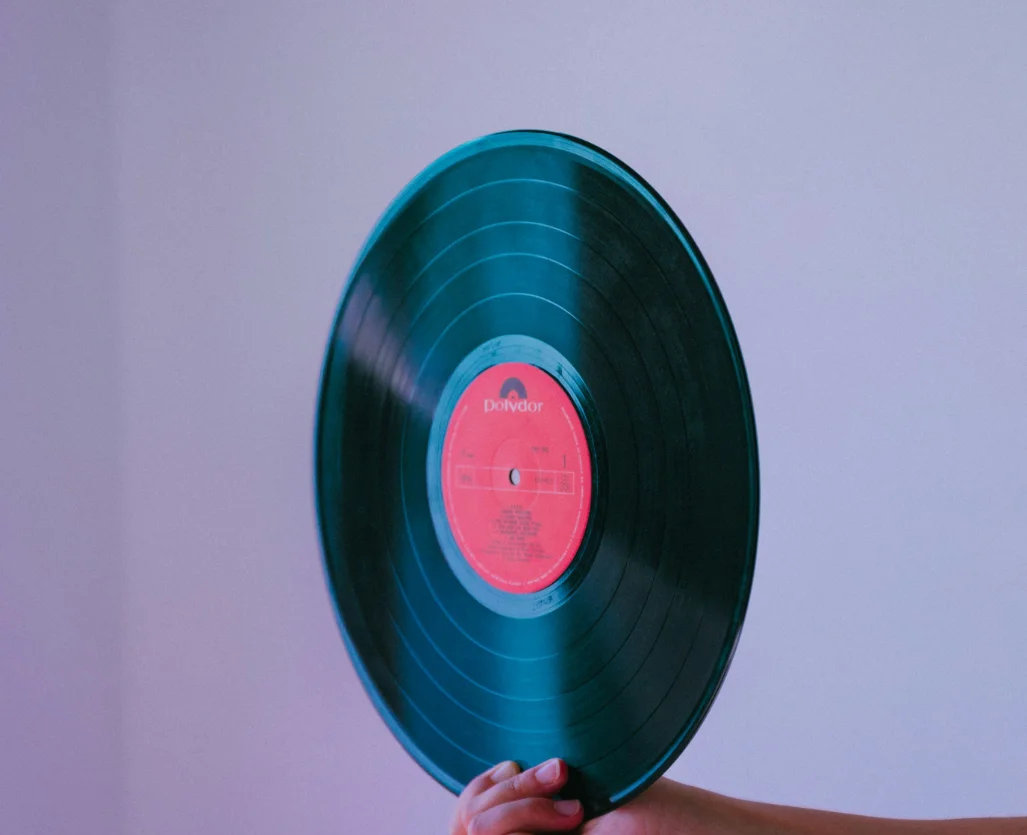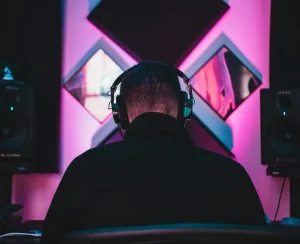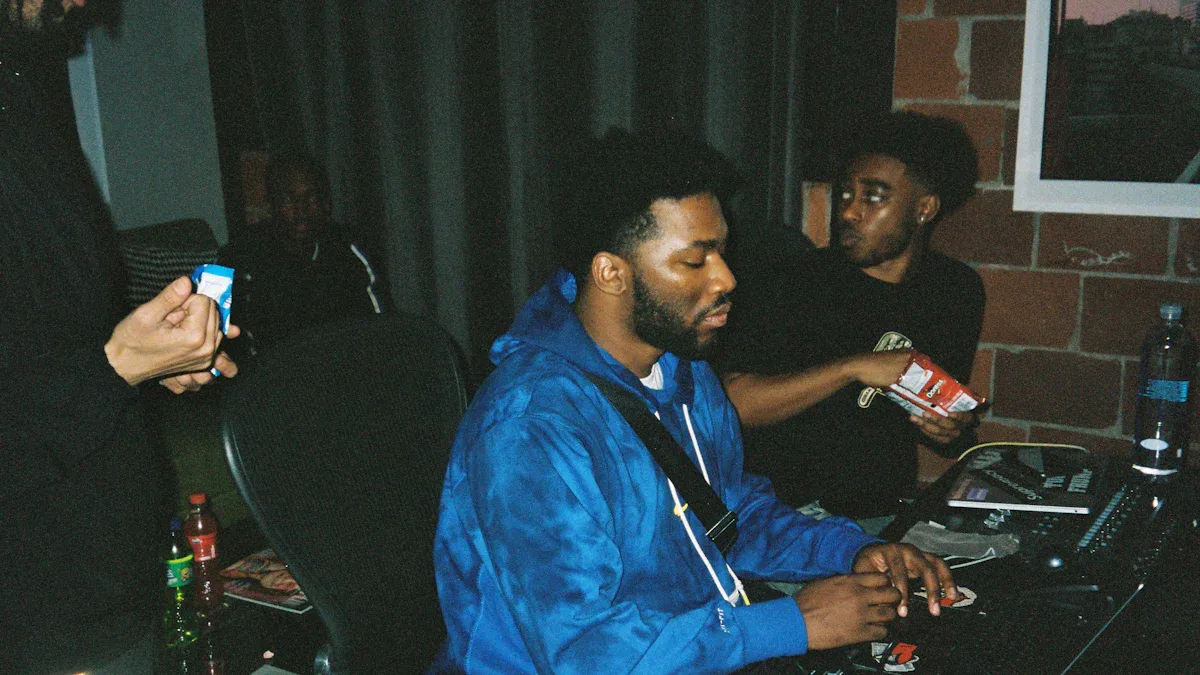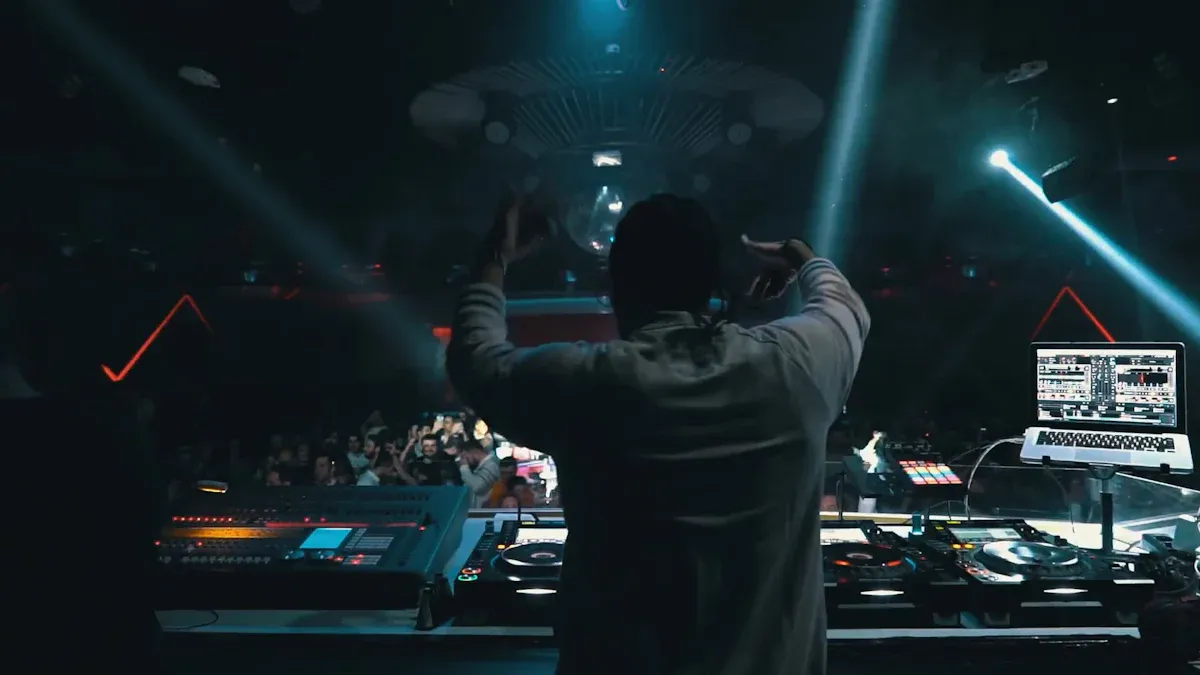Royalty-free music refers to a licensing model that allows you to use a piece of music without having to pay ongoing royalties or licensing fees each time you use the music. For many content creators, especially those who share videos on platforms like YouTube or Vimeo, using royalty-free music can reduce legal risk.
What Does Royalty-Free Mean?
In the music licensing world, the term “royalty-free” can be a bit misleading. Many people assume it means the music is free to use, but that’s not the case. Royalty-free simply means that after you pay an upfront licensing fee, you won’t have to pay additional royalties or fees every time you use the track. This makes it a popular choice for creators—whether you’re working on personal projects, commercial campaigns, or client work—because it eliminates the hassle of recurring costs.
When you license royalty-free music, you gain the legal right to use that track in your videos, podcasts, or other creative projects. Even if a platform’s automated copyright system (like YouTube’s Content ID) flags your video, you can easily resolve the issue by presenting your royalty-free license. This proves you have the proper rights to use the music, and in most cases, the claim will be dropped quickly, keeping your content safe and uninterrupted.
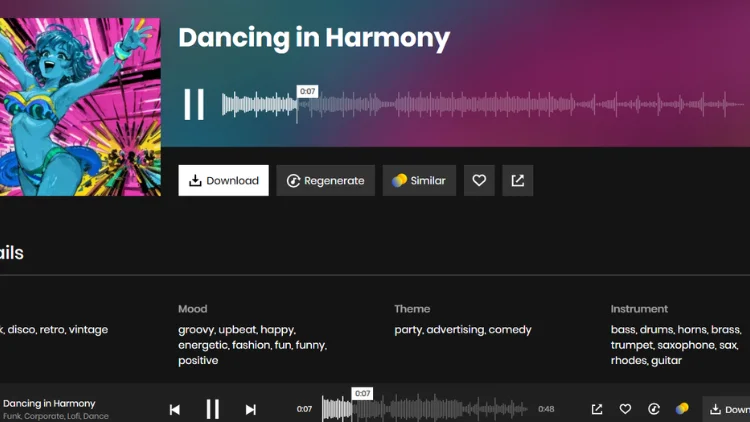
Related read: How do you know if a song is copyrighted on YouTube?
Types of Royalties
When it comes to music licensing, several types of royalties can apply, depending on how the music is used. These royalties are payments made to the artists, songwriters, and copyright holders whenever their music is played or reproduced in a certain way. Here are the primary types of royalties:
Performance Royalties: These are earned when a song is performed publicly, whether it’s on the radio, at a concert, or in a commercial. Performance royalties are typically collected by performance rights organizations (PROs), like ASCAP, BMI, or SESAC, which then distribute the funds to the copyright holders.
Mechanical Royalties: These are earned when a song is reproduced, such as when it’s sold on a physical medium like a CD or vinyl or streamed on digital platforms. Mechanical royalties are collected by organizations like the Harry Fox Agency in the U.S. and are paid to songwriters and publishers.
Synchronization Royalties: These royalties are paid when music is used in conjunction with visual media—like in films, TV shows, video games, or advertisements. If you’ve ever seen a commercial with a catchy song, the music’s copyright holder likely received synchronization royalties for that use.
Digital Performance Royalties: With the rise of online streaming, this royalty type applies when a song is streamed on services like Spotify, Pandora, or Apple Music. These royalties are generally paid to record labels and the performing artists.
Print Royalties: These are earned when sheet music is printed and sold. If someone decides to perform a song from sheet music, the publisher of the sheet music receives a print royalty.
Understanding these different types of royalties helps you recognize how music creators and copyright holders are compensated for their work, and it’s crucial to understand the implications of royalty-free music, as it simplifies this entire process.

Are There Different Types of Royalty-Free Music?
Yes, there are different types of licenses for royalty-free music, and the terminology can vary depending on the provider. You might come across terms like:
- Pre-licensed music
- Single-fee music
- Pre-paid music
- One-stop music
- All-in-one music
- Copyright-free music
While these terms might sound similar, they can have subtle differences in what they cover. To keep things simple, think of royalty-free music as a category where you pay once and can use the music without worrying about additional fees. However, not all royalty-free music is created equal.
At Tempolor, we go beyond traditional royalty-free music by offering a direct license. This means you get even more flexibility and protection when using our tracks. Unlike typical royalty-free licenses, a direct license ensures that your content won’t be flagged by copyright systems like YouTube’s Content ID, giving you peace of mind and uninterrupted creativity.
Did Royalty-Free Songs Get Removed From YouTube?
Generally, royalty-free music itself won’t be removed, but sometimes YouTube’s automated system, called Content ID, can mistakenly flag videos that use royalty-free music.
YouTube’s Content ID system scans videos for copyrighted material. If you use a royalty-free track that’s also used in other videos, YouTube may mistakenly think it’s copyrighted and flag your video. This can happen even if you’ve properly licensed the music.
Will I Get Copyrighted For Using Non-Public Domain Music?
Using non-public domain music without permission can lead to copyright infringement. For example, if you use a popular song in a video without purchasing a license, the copyright owner can take action. On platforms like YouTube, this often results in the video being removed, demonetized, or flagged with a copyright claim.
If you use non-public domain music, make sure you have the proper licenses. If not, you could face copyright issues, including removal or legal consequences. It’s always best to err on the side of caution and get permission before using a copyrighted track in your content.
Where To Find Reliable Royalty-Free Music?
If you’re serious about creating videos, you need a reliable music source. One great option is Tempolor—my personal go-to for years. With over 100,000 high-quality tracks and endless filtering options, it’s built for creators who value efficiency and quality.
What Makes Tempolor Stand Out?
- User-Friendly Interface: Designed for ease of use, making music generation accessible to all skill levels.
- Versatility: Multiple modes of input (text, image, audio) cater to different creative processes.
- Customization: Expert Mode offers granular control over musical elements.
- Generous Free Tier: Allows users to explore the platform without immediate financial commitment.
- Royalty-Free Music: All generated and library tracks are royalty-free, simplifying licensing concerns.
What is Royalty-Free Music on Instagram?
Royalty-free music on Instagram refers to tracks that you can use in your posts, stories, and reels without having to pay ongoing royalties to the copyright holder. You can find royalty-free music either directly through Instagram’s music library or through third-party platforms. While using royalty-free music on Instagram eliminates the need for continuous payments, it’s essential to make sure you have the correct license for commercial use, as terms can vary depending on the source of the music.
Read more about Instagram:
How to get more followers on Instagram
Instagram Broadcast Channels: What They Are and How to Use Them
Can I Use Royalty-Free Music for Commercial Use?
Yes, you can use royalty-free music for commercial use, but it’s important to check the terms of the license. Many royalty-free music licenses cover both personal and commercial projects, but some may have restrictions depending on how the music will be used (e.g., in advertisements, products, or monetized videos).
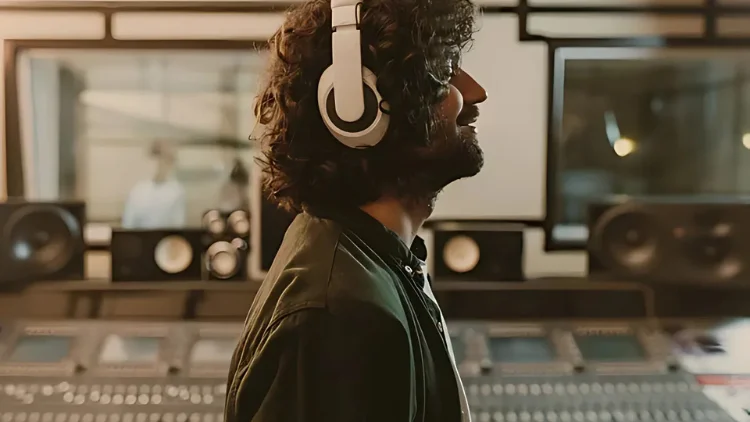
How Long Can You Play a Song Royalty-Free?
A common misconception is that using a short clip (like a few seconds) of a song is automatically safe from copyright infringement. However, even short segments of copyrighted music are still protected under copyright law.
